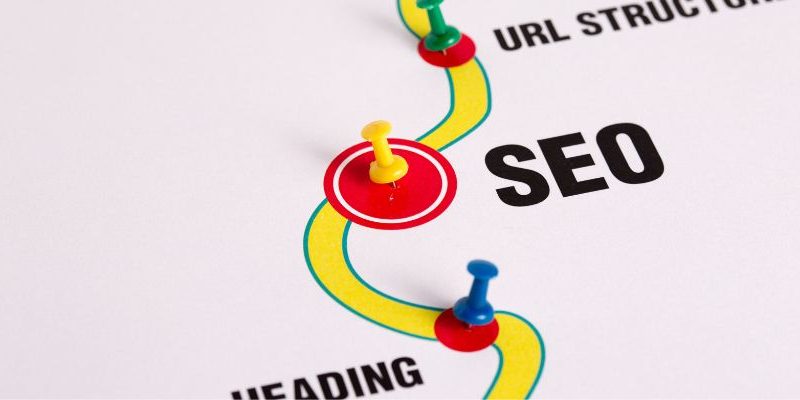Internal linking is a crucial aspect of SEO that not only enhances site navigation but also improves page authority and ranking by distributing page authority across your site. However, it’s easy to make mistakes that can undermine your SEO efforts. At Pristine Connections, we emphasize the importance of refining internal linking strategies and adopting click wise design principles to maximize website performance. Here’s a breakdown of common internal linking mistakes to avoid and how to optimize your strategies for better SEO outcomes.
Overlooking Link Quality
Ignoring Link Relevance
One of the first internal linking strategies to master is ensuring link relevance. Links should connect content that offers related information or value to the user. Irrelevant links can confuse site visitors and lead to poor user experience, which negatively impacts SEO rankings.
Using Non-Descriptive Anchor Text
Using generic text like “click here” or “read more” as anchor text is a common mistake. Anchor texts should be informative and include keywords that reflect the linked page’s content. This not only helps with SEO but also improves user understanding and engagement.
Linking Only to Top-Level Pages
Frequently linking only to your homepage or contact page can result in missed opportunities to boost deeper content pages. Internal links should help distribute page authority throughout the site, including to lower-level but important pages.
Mismanaging Link Quantity
Too Few Links
Having too few internal links on a page means you’re not fully leveraging the SEO potential of your site. Each page should have enough links to guide users to relevant and complementary content, enhancing their on-site experience.
Too Many Links
Conversely, overloading a page with too many links can overwhelm users and dilute link value. It can also appear spammy to search engines, potentially harming your site’s credibility. A balance must be struck where links are used judiciously and strategically.
Broken or Dead Links
Maintaining the integrity of internal links is crucial. Broken links lead to poor user experiences and negatively affect your site’s SEO health. Regular audits to find and fix such issues are essential components of effective internal linking strategies.
Neglecting Click Wise Design
Failing to Consider User Experience
Click wise design isn’t just about where you place your links, but how they integrate with the overall user experience. Links should be placed logically and intuitively to guide users through a natural progression of content, which increases engagement and session duration.
Not Optimizing for Mobile
Ignoring mobile users when designing your link placement and strategy can severely impact your site’s performance. With the increasing prevalence of mobile browsing, ensuring that links are easily clickable and well-spaced on smaller screens is crucial.
Overlooking Link Visibility
Links should be easily identifiable with a distinct color or underlining. If users can’t tell what’s clickable, they might miss valuable content. Ensuring that your links stand out within the text is a fundamental principle of click wise design.
Final Wordings
At Pristine Connections, we understand the complexities involved in crafting effective internal linking strategies and implementing click wise design. By avoiding these common mistakes, you can significantly improve your website’s SEO performance and user experience. Regular reviews and adjustments of your linking strategy will ensure that your website remains aligned with best practices and continues to engage and retain visitors. Remember, a well-thought-out internal linking strategy is not just about SEO; it’s about creating a seamless and intuitive user journey that reflects the quality and coherence of your brand online.
FAQ’s
The most common internal linking mistake is not ensuring relevance between the linked pages. Links should always connect content that is contextually related to enhance both user experience and SEO performance.
While there is no one-size-fits-all number, a good rule of thumb is to include internal links only as long as they naturally fit into the content and add value for the user. Overloading a page with too many links can dilute each link’s value and potentially overwhelm or confuse the reader.
Using non-specific anchor texts like “click here” does not provide search engines or users with adequate information about the content of the linked page. Descriptive, keyword-rich anchor text is essential for helping search engines understand the relevance and context of links, which can improve your site’s SEO.
Regularly conduct link audits using SEO tools to identify and fix broken links. Repairing or removing broken links is crucial because they create a poor user experience and can negatively impact your website’s SEO health.
For mobile users, it’s important that links are spaced well and easy to tap. Poor mobile link placement can lead to accidental clicks and frustrate users, which may increase bounce rates and negatively affect your SEO.







